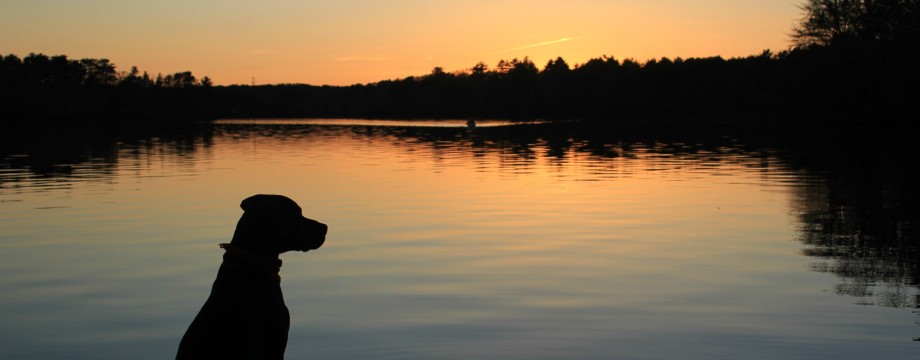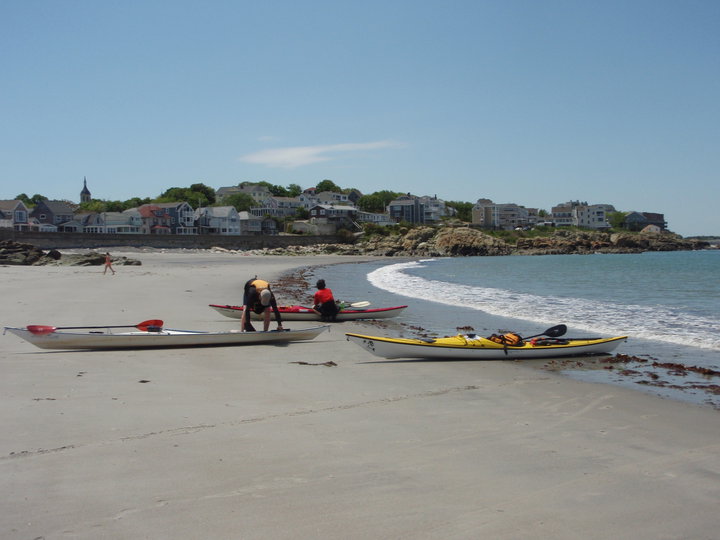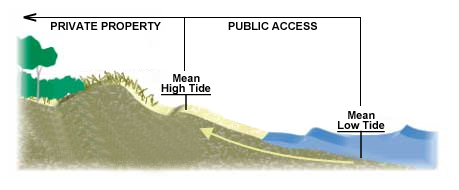Beach access and the use of coastal land are an area of wide discussion throughout kayaking, hiking, and outdoor communities. Frequent sea kayakers, at some point, have faced the familiar scenario of paddling ashore to an unfamiliar beach for a rest and questioned their rights to beach access. Where does the beach begin? Is it a public or a private beach? Am I infringing on private property?
In most states, beach access laws are defined specifically with each state’s jurisdiction. Today, almost every state has adopted the Public Trust Doctrine – the conventionally accepted principle that certain resources are preserved for public use. Most states with coastal beach access have developed their own model programs in regard to the legal protection for the public’s access coastal land. For example, North Carolina developed a state-mandated Shorefront Access Policy which defines a public beach as:
“an area adjacent to the ocean extending landward from the mean low water line to a point where either the growth of vegetation occurs or a distinct change in slope or elevation alters the configuration of the landform, whichever is farther landward, or riparian owners have specifically and legally restricted access above the mean high water line. This definition is intended to describe those shorefront areas customarily freely used by the public” (Authority G.S. 113A-124; 113A-134.3).
Laws and policies regarding the public’s use and access to coastal areas can vary from state to state depending on public access ways, prescriptive easements, tidal behaviors surveyed by the National Oceanic and Atmospheric Administration (NOAA), federally protected environments, and other regionally specific conditions. Most coastal states recognize the mean high-tide water line as the boundary between public access and private property. What truly defines the mean water line? Common sense would suggest that the “line” is where the sea weed builds up or where the sand changes from wet to dry during a tidal change. Legally and oceanographically, the water line is defined along very different parameters. The high-tide line is actually defined by an algorithm collected by the mean high-water heights observed by the NOAA over an 18.6 year cycle.
If you are paddling in an unfamiliar area or are planning a trip in a different state territory, it is always a good idea to double-check that state’s specific laws regarding coastal beach access. As a rule of thumb, most states regard the intertidal area, the area between the mean high tide line and the mean low tide line, as public access.
-Alex




